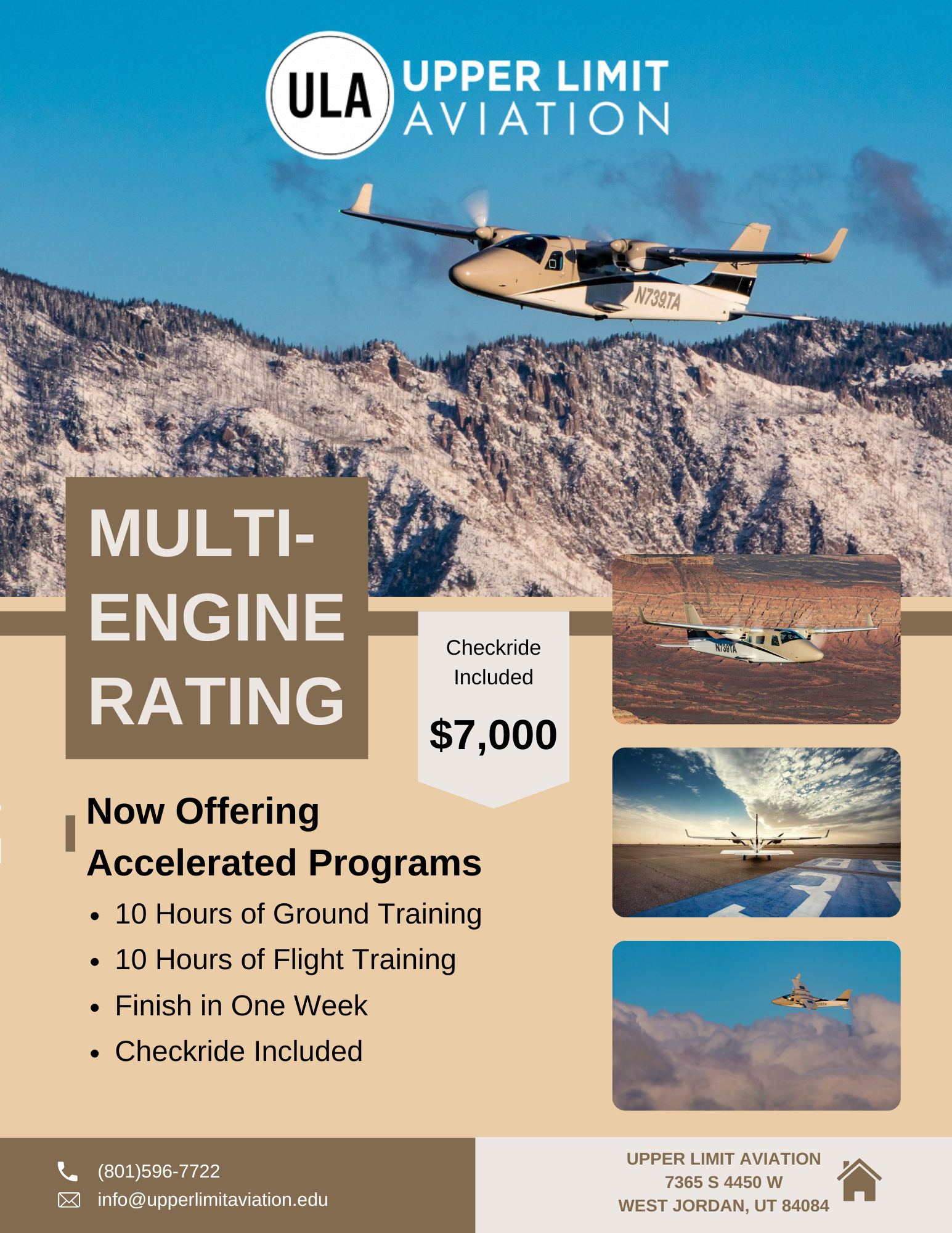Wilson Gilliam, Jr.
A paper on economic aerospace forecasting could be as thick as your computer screen is tall. Even the FAA Aerospace Forecast Fiscal Years 2015 – 2035 is nearly 140 pages long. I’m glad this post is long on brevity and to the point about how you can fit into the increasingly influential world of aviation and aerospace.
The word “aviation” may not capture the complete role that aeronautics will have on our world during the foreseeable future. Having been a pilot for almost three decades, I’ve tended to consider the flying universe in terms of my own perspective. Within the last few years, I’ve realized that the aviation / aeronautics business will have an immeasurable influence on the world and will open up a myriad of economic opportunities. There is, or will be something for everyone.

Technology is driving innovation within many aerospace subsets. Innovations in imaging are permitting the use of lighter airborne equipment. Smaller, lighter aircraft can now perform aerial observation and recording missions than ever before. Computer chip memory increases are leading to an ever increasing number of features in avionics. Turbine engines are becoming more lightweight, resulting in a popular trend to design and utilize small business jets. These advancements are resulting in an increasing number of aviation career opportunities in the following areas (not all inclusive):
- Aircraft Crew Operations
- Drones
- Air Traffic Control
- Aircraft Ground Support (FBO operations)
- Avionics (GPS and aircraft tracking products especially)
- Aircraft Maintenance
- Aircraft Design
- Computer Programming
What better way to get acquainted with this burgeoning industry than earning a pilot’s license or a college degree in aviation? Having “in the seat” experience lends pilots an edge in the aeronautical job hunt by having first-hand knowledge of the flying world at work. This physical skills interface with aviation lays a bedrock foundation for almost any aerospace occupational field.
Pursuing an aviation interest in one emphasis can open doors in another. I remember initially attempting to prepare myself to be an airline pilot. I wound up owning an aviation company with a helicopter ATP (Airline Transport Pilot) instead. Maximizing your exposure within an interest area is the first step toward longer-term success.
Reduce the chances of becoming deflated by learning from a well-established, proven organization. As you begin to make decisions about your aeronautical flight training and/or college education, align yourself with a proven provider. Having a committed, well-experienced organization on your side from the beginning will help contain those early frustrations and career growing pains that all of us have experienced.
There is no substitute for learning from the best. After earning my flight instructor’s certificate in helicopters, I traveled to New York to attend some aircraft transition training for two weeks. The instructor introduced himself to me as Bill Staubach, a retired flight instructor from Fort Rucker. Now, that was a last name that brought back memories.

The only Staubach that I’d ever known was stitched to the first name of “Roger” and threw a football for the Dallas Cowboys during my childhood. I figured that anyone with that last name couldn’t be bad at anything. I was right about Bill. He flew a helicopter just about like Roger threw a football. The funny thing is that they really were related. Bill is Roger’s uncle.
Before I flew with Bill, I had only performed some well-managed, full-touchdown autorotations. The instructor’s hands were always nudging the controls like Mother Goose and I never knew which one of us was pulling or pushing on what (and that’s not a good thing). Imagine my surprise as I flared too high for our first auto and I noticed Bill to my left, arms folded tapping his feet and hardly paying attention. He was singing…
Oh Susanna, don’t you cry for me – ‘cause I come from Alabama with a banjo on my knee.
The touchdown had nothing to do with the word “touch” and everything to do with slam, bend and panic. The result was an instructor-controlled hop back to the pad and prolonged stint in the classroom, talking about RANT (RPM, Airspeed, Normal Rate of Decent, Touchdown Point). He must have asked me 3,000 times – “What are three indications of an engine failure?” He knew that I knew the answer (needle split, left yaw and quiet). He was ingraining it in my memory like chipping hieroglyphics into a stone tablet. Bill’s skill as a flight instructor challenged me to be a better, more confident pilot. I believe that I passed along Bill’s etiquette and fundamentals to my own students after that.
Giving yourself an edge by lining yourself up with the best is an advantage that you cannot afford to miss out on. If your flight lessons are the first venture into aviation, then your contact with the training school will result in a long lasting impression. Hint: Make sure it’s the right school. The impression will serve to educate and motivate you into remaining engaged in one of many aviation careers.
The aeronautical / aviation industry will have a tremendous influence on the world’s economy in the coming generation. Why not be a part of it? No matter what your age, there’s going to be room for everyone that’s interested. Not only can you work in an exciting environment, the freedom will exist to “spread your wings” to other industry areas as you fly along.
Get Started With Your Flight Training Today
You can get started today by filling out our online application. If you would like more information, you can call us at (844) 435-9338, or click here to start a live chat with us.

